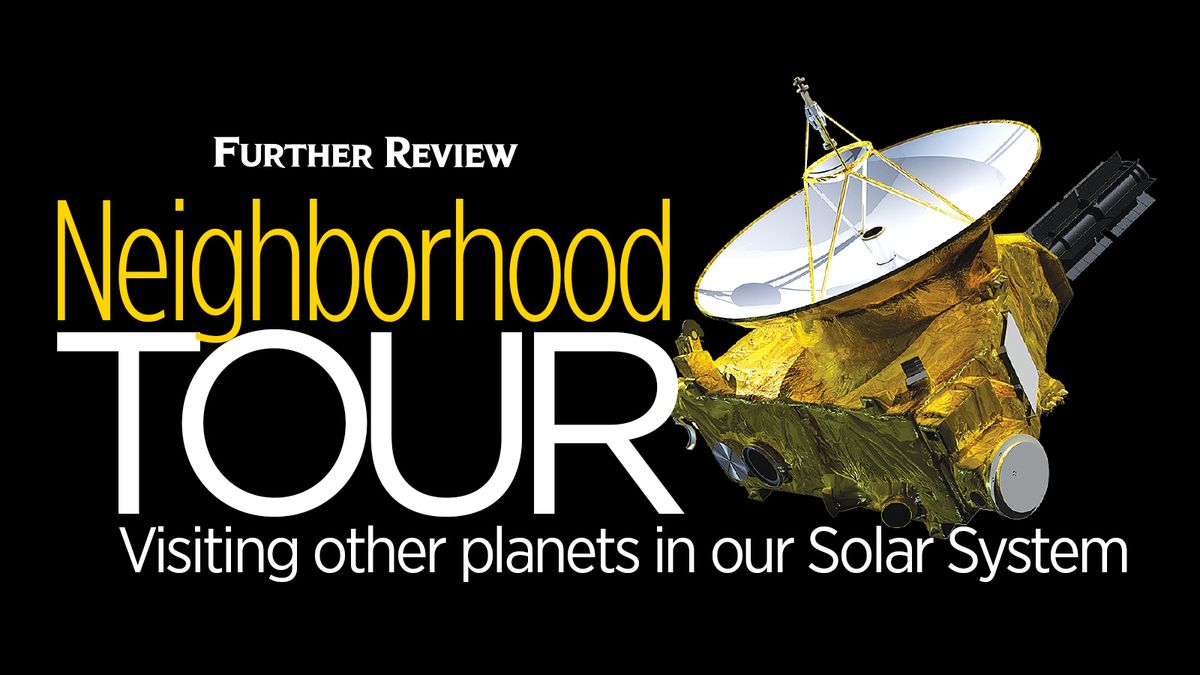
By Charles Apple
The Spokesman-Review
Five years ago today, NASA’s New Horizons probe made its closest approach to Pluto and its moons.
It was just another social call in the neighborhood.
New Horizons sent back all sorts of fascinating information about the “icy dwarf” planet:
•One mountain chain near Pluto’s equator is more than two miles tall.
•Pluto isn’t just covered with ice, it’s covered with four types of ice: methane, nitrogen, carbon monoxide and water. Each goes through its own precipitation cycle.
•Pluto has an ionized tail like a comet – probably from nitrogen in its atmosphere leaking into the solar wind – up to 500 tons every hour. The tail extends for tens of thousands of miles.
There are all sorts of amazing things to know about our solar system and many more surprises out there to be discovered. The main obstacle: funding.
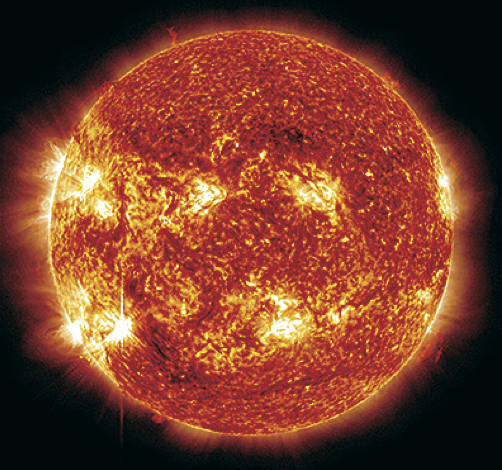
THE SUN
Diameter: 109 times that of Earth
Average distance from Earth: 93 million miles. It takes light about eight minutes to travel from the Sun to Earth.
A 200 lb. Earth man would weigh on the surface: Nearly three tons, but he’d probably sweat a lot of that off pretty quickly.
Core temperature: About 27 million degrees – hot enough to sustain thermonuclear fusion.
Surface temperature: 10,000 degrees
Atmosphere: Hydrogen and Helium
Interesting fact: If the sun were hollow, about a million Earths could fit inside.
First successful orbiters: Pioneers 6, 7, 8 and 9 between 1965 and 1968
First probe to examine the sun in detail: Ulysses in 1994
Solar Probe Plus was launched in 2018, will fly past Venus seven times and will then fly through the sun’s corona in 2025.

MERCURY
Diameter: 38 percent that of Earth
Average distance from the sun: About 4/10 that of Earth
A 200 lb. Earth man would weigh on the surface: 76 lbs
Surface temperature: Up to 800 degrees
Atmosphere: None to speak of
Moons: None
Interesting fact: Because there is nothing to burn up meteors, the surface of Mercury is pockmarked with craters.
First successful flyby mission: Mariner 10 in 1974
First successful orbiter: Messenger in 2011
First successful landing: None planned
The BepiColombo mission – including two orbiters – was launched in 2018 and will arrive at Mercury in 2025. It originally was to include a lander, but that was canceled due to budgetary constraints.
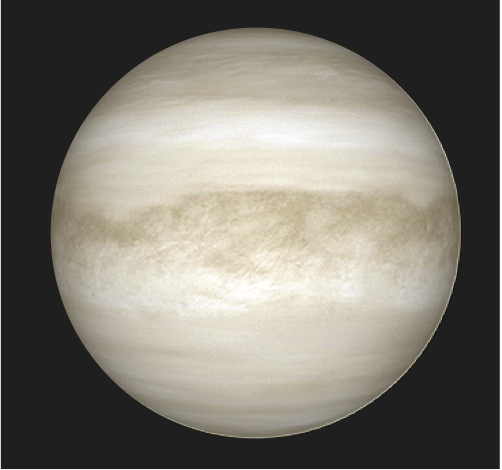
VENUS
Diameter: Slightly smaller than Earth
Average distance from the sun: About 7/10 that of Earth
A 200 lb. Earth man would weigh on the surface: 182 lbs
Surface temperature: Up to 864 degrees
Atmosphere: Mostly carbon dioxide and nitrogen
Moons: None
Interesting fact: Venus spins backward compared to most of the other planets.
First successful flyby mission: Mariner 2 in 1962
First successful orbiter: Venera 9 in 1975
First successful landing: Venera 7 in 1970
Venus In-Situ Explorer, or VISE – which would have included a lander – was scheduled to launch in 2013 but was canceled. The Venera-D mapping orbiter is tentatively planned to launch in 2026 or 2031.

MARS
Diameter: About half the size of Earth
Average distance from the sun: About one-and-a-half times that of Earth
A 200 lb. Earth man would weigh on the surface: 76 lbs
Surface temperature: -81 degrees
Atmosphere: Very thin. Mostly carbon dioxide and nitrogen
Moons: 2
Interesting fact: Despite the thin atmosphere, violent dust storms rage across Mars’ surface.
First successful flyby mission: Mariner 4 in 1965
First successful orbiter: Mariner 9 in 1971
First soft landing: Mars 3 in 1971
First successful landing: Viking 1 in 1976
The Curiosity rover still operates on Mars and two new rovers – the NASA rover Perseverance and a Chinese rover, Huoxing-1 – will launch later this month.

JUPITER
Diameter: 11 times the size of Earth
Average distance from the sun: Five times that of Earth
A 200 lb. Earth man would weigh on the surface: 506 lbs
Surface temperature: Possibly up to 50,000 degrees
Atmosphere: Hydrogen and helium. Pressure is so intense that hydrogen gas is squeezed into a liquid, creating a vast ocean.
Moons: 79, plus three faint rings
Interesting fact: Jupiter is mostly gas, but scientists think there is a solid core inside, about the size of Earth.
First successful flyby mission: Pioneer 10 in 1973
First successful orbiter: Galileo in 1995
First successful landing: None planned
The Juno orbiter has studied Jupiter’s atmosphere since 2016. The Jupiter Icy Moon Explorer is scheduled for 2022.
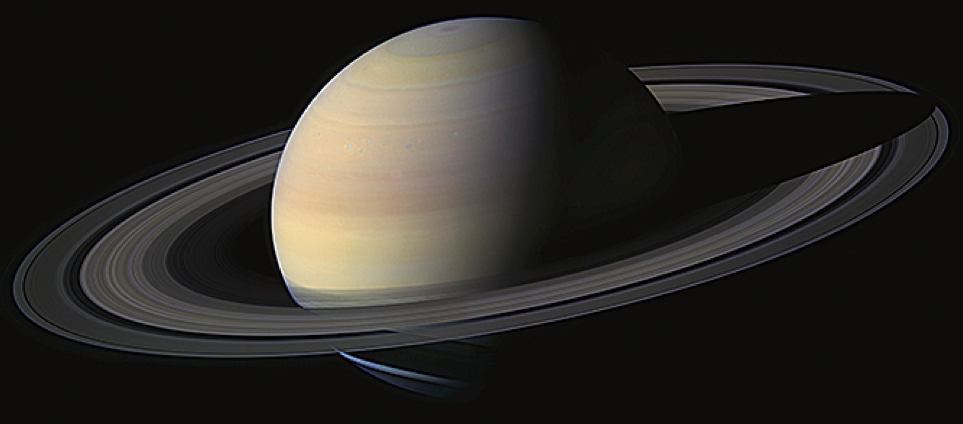
SATURN
Diameter: 9.5 times the size of Earth
Average distance from the sun: Nine-and-a-half times that of Earth
A 200 lb. Earth man would weigh on the surface: 214 lbs
Surface temperature: -288 degrees
Atmosphere: Hydrogen and helium
Moons: At least 82
Interesting fact: Saturn’s 7 spectacular rings are made of chunks of rock and ice – some as large as a house and some as small as a grain of sand.
First successful flyby mission: Pioneer 11 in 1979
First successful orbiter: Cassini in 2004
First successful landing: Huygens landed on Saturn’s moon, Titan, in 2005.
Another mission to Saturn and its moons Titan and Encaladus has been proposed by NASA and the European Space Agency.
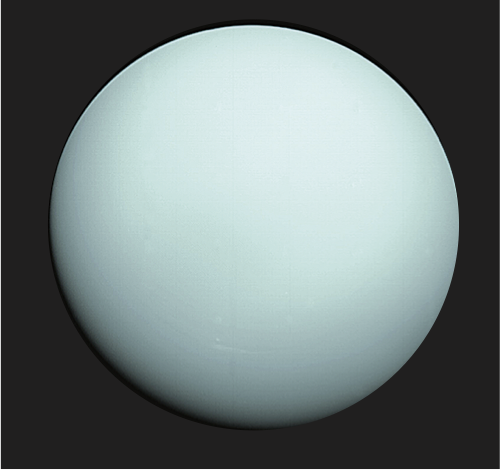
URANUS
Diameter: 4 times the size of Earth
Average distance from the sun: More than 19 times that of Earth
A 200 lb. Earth man would weigh on the surface: 182 lbs
Surface temperature: -350 degrees
Atmosphere: Hydrogen and helium, above an ocean of ammonia and methane
Moons: 27, plus 13 faint rings
Interesting fact: Uranus’ rotational axis is on its side, meaning the planet appears to roll, rather than spin.
First successful flyby mission: Voyager 2 in 1986
First successful orbiter: None planned
First successful landing: None planned
A possible mission to Uranus called Pathfinder – to be launched in 2025 – has been proposed by NASA and the European Space Agency.
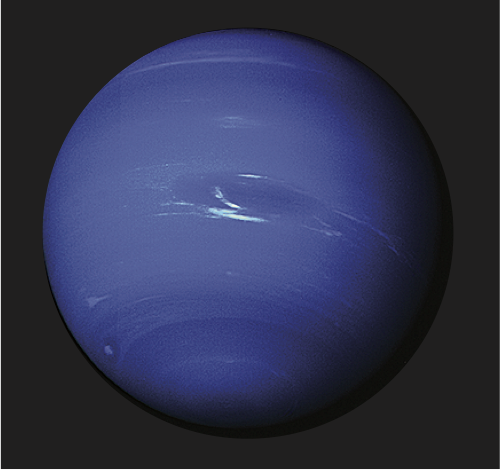
NEPTUNE
Diameter: Nearly 4 times the size of Earth
Average distance from the sun: Slightly more than 30 times that of Earth
A 200 lb. Earth man would weigh on the surface: 228 lbs
Surface temperature: -353 degrees
Atmosphere: Water, ammonia and methane
Moons: 14, plus six rings
Interesting fact: Neptune has winds nine times stronger than Earth’s and a magnetic field 27 times more powerful than Earth’s.
First successful flyby mission: Voyager 2 in 1989
First successful orbiter: None planned
First successful landing: None planned
NASA’s Neptune Orbiter mission was canceled in 2016. A new proposal for a probe to explore both Uranus and Neptune has been floated for 2034.
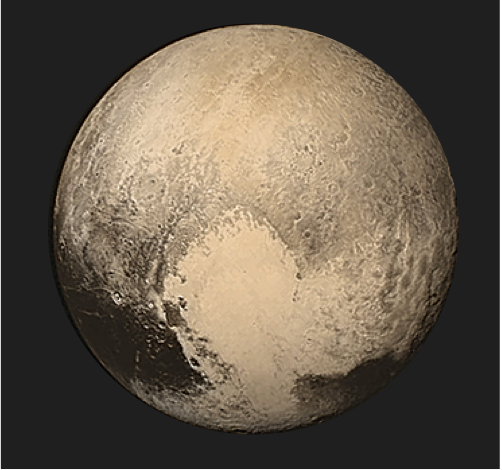
PLUTO
Diameter: Two-thirds the size of Earth
Average distance from the sun: 40 times that of Earth
A 200 lb. Earth man would weigh on the surface: 13 lbs
Surface temperature: As cold as -396 degrees
Atmosphere: Nitrogen, methane and carbon monoxide
Moons: 5
Interesting fact: That funny heart-shaped area that New Horizons photographed on the surface of Pluto is a glacier made of frozen nitrogen.
First successful flyby mission: New Horizons in 2015
First successful orbiter: None planned
First successful landing: None planned
On the heels of the successful New Horizons project, NASA pitched an orbiter probe that could be launched in 2030 to study Pluto and its moons.